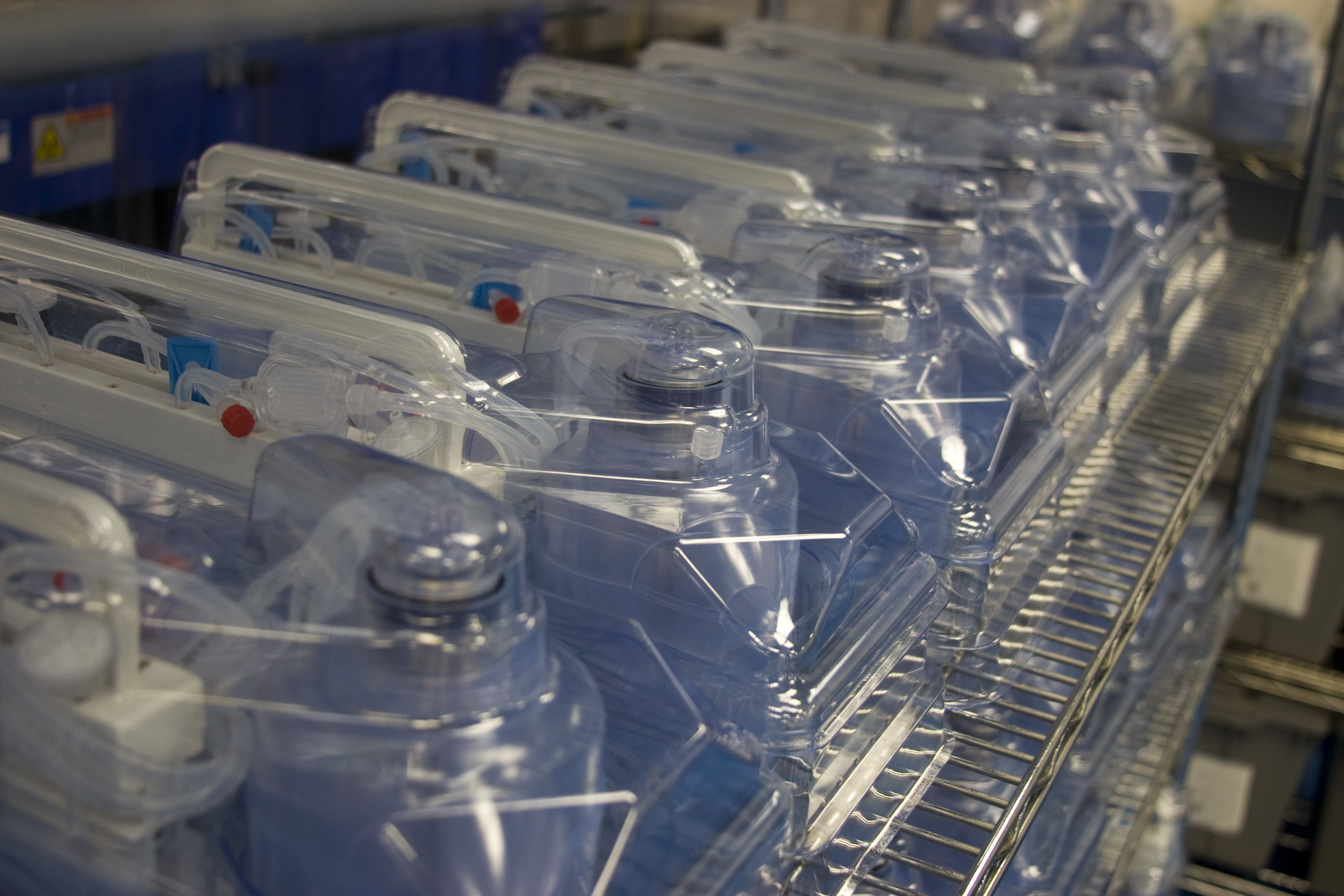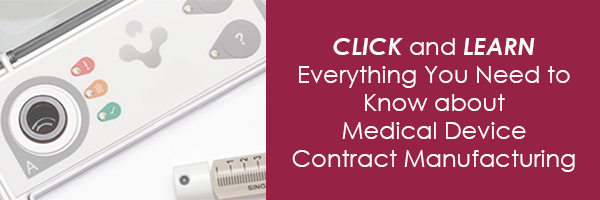The continued and growing use of plastic injection molded parts for medical applications places greater demands on all stakeholders in the medical device supply chain. The use of Design For Manufacturability (DFM) provides a template for meeting those demands. To drive home the importance of its use, we will discuss two applications.
Design for Manufacturing Overview
DFM is the process of designing products in a way that will result in the best manufacturing outcomes. It enables medical device contract manufacturers to identify current and potential problems and fix them in the least expensive stage to address them, in the design phase. (For a more detailed education, visit the OEM’s Guide to Design for Manufacturability in Plastic Injection Molding.
It’s important for OEMs to partner with contract manufacturers disciplined in the DFM process and get them involved as early as possible in the project product development lifecycle, it helps drive decisions at every stage. These OEM decisions and best practices are detailed in the article, How to Include Injection Molding DFM in Your Manufacturing Process, and fall into over-arching phases that include:
- Analysis of plans and identification of concerns
- Mold-fill simulation
- Presentation of results and recommendations
- Prototyping, testing, and completion.
Here’s an example of the benefits in just one of those phases, mold-fill simulation. Managed under DFM, it guides engineers to identify and correct problems that aren’t obvious. Running mold flow simulations can yield any number of improvements. A shortlist includes optimizing temperatures and pressures; eliminating localized thick areas of part designs; preventing sink marks and warpage; reducing cycle times; eliminating deformities; and adjusting draft angles for proper ejection.
Identify Root Cause of Manufacturing Problem
Recently, the OEM of a medical device used to help heal broken bones using ultrasound, partnered with Cresent Industries to address quality problems in the manufacturing phase. The first steps were to learn about the product and discuss the problem with the OEM’s engineers. The OEM had been experiencing jetting of the substrate material onto a window on the device, and parts were failing inspection because the window was not clear. Engineers identified the root cause in the process: During the co-injection of three different materials, the substrate material re-melted and mingled with the clear resin of the window as it was filling.
The solution required design revisions. Crescent engineers partly used the OEM’s legacy 2D drawings and 3D models, revised the designs, and created 3D-printed prototypes. The OEM used them for physical assembly and testing. This resulted in a faster (re)design cycle, new tooling, new ultrasonic welding manufacturing, and part printing methods, to achieve manufacturing improvements.
DFM aids in improving product outcomes
In early 2020 as the COVID-19 outbreak led to unimagined demand for ventilators, respiratory medical device-maker teamed-up with some unexpected partners to increase production.
The OEM’s partners were diverse. They included McKinsey & Co., Spirit AeroSystems, and thousands of component suppliers. In normal times, those would seem an odd manufacturing supply chain team-up, but remember: This was a time when beverage brands from Coca-Cola to 835 U.S. distilleries retooled to bottle hand sanitizer
In April, McKinsey published a report that provided an in-depth story of all the contract manufacturers that did right to meet new, unimaginable challenges. In a Top 10 list of the many things the companies did right, DFM was key.
DFM is one of many disciplines that improve the design and manufacturing of components, and the performance of products that improve patient outcomes.
Learn more about medical device DFM
- Injection Molding for Medical Devices: Benefits and Considerations
- Injection Molding Material Selection Guide for Medical Devices
- Plastic Injection Molding Design Guide
Learn more about injection molding DFM
- OEM’s Guide to Design for Manufacturability in Plastic Injection Molding
- How to Include Injection Molding DFM in Your Manufacturing Process
- Plastic Injection Molded Components Design for Manufacturability
- Benefits of the DFM Process Video. Design For Manufacturability (video)
- Design For Manufacturability Checklist for Injection Molding
- Steps to Launching an Injection Molded Product


